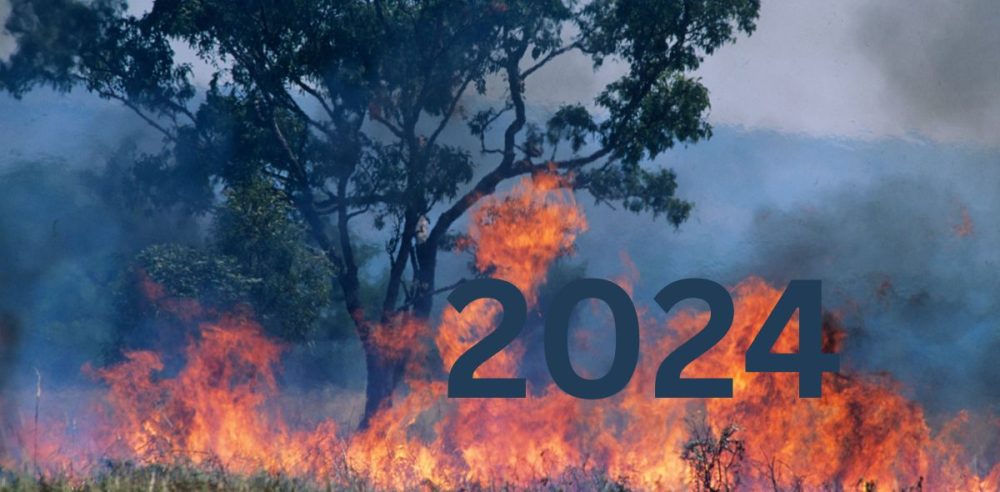2024 has marked a record-breaking year for billion-dollar disasters in the United States, with the National Oceanic and Atmospheric Administration (NOAA) reporting 24 weather-climate events causing damages that exceed $1 billion each as of November 1.
Among these disasters were 17 severe storms, four tropical cyclones, one wildfire, and two winter storms, resulting in at least 418 fatalities and significant economic losses in affected areas, reported ABC News.
The NOAA is still calculating the final figures for some of these events, with a comprehensive report set to be released on January 9.
The agency has been documenting billion-dollar disasters since 1980, noting the alarming trend of increasing frequency and cost. While the average annual number of such disasters was 8.5 from 1980 to 2023, the last five years have seen that number jump to 20.4 annually. Researchers have attributed this rise not only to climate change but also to factors such as population growth and increased infrastructure in vulnerable coastal areas.
Among the most devastating events of 2024 was Hurricane Helene, which struck Florida’s Big Bend as a Category 4 storm on September 24, bringing destructive winds and storm surges.
This hurricane was part of a series of back-to-back storms that caused widespread damage across several states, underscoring the multifaceted risks posed by such powerful weather events.
Hurricanes Debby and Beryl, both Category 1 storms, also significantly impacted the U.S., causing combined damages exceeding $8 billion.
Hurricane Debby made landfall in Florida on August 5 and again in South Carolina three days later. It then traveled up the East Coast, bringing heavy rainfall, flash flooding, and strong winds to multiple states and contributing to flooding in Pennsylvania, New Jersey, and southeastern New York. Debby also spawned an EF-1 tornado in Buffalo, New York. The estimated damage from Debby is around $2.5 billion.
Hurricane Beryl hit Texas on July 8, causing extensive wind damage and significant power outages for millions. The storm also generated over 50 tornadoes across eastern Texas, western Louisiana, and southern Arkansas. The estimated damage from Beryl is about $7.2 billion.
From June 24 to 26, severe thunderstorms affected several states, including Nebraska, Iowa, Pennsylvania, Rhode Island, and Massachusetts, bringing tornadoes, strong winds, and hail. A significant event during this period was an EF-3 tornado that struck Whitman, Nebraska, and a tornado that affected Providence County, Rhode Island. The total damage from these events was estimated at around $1.7 billion, according to NOAA, reported ABC News.
Between July 13 and 16, the Central and Eastern U.S. experienced an outbreak of over 79 tornadoes. On July 15 alone, 32 tornadoes were reported, setting a new record for the most tornadoes in a single day in the Chicago region.
Other heavily impacted states included Illinois, Indiana, Minnesota, Pennsylvania, and New York, where significant damage to homes and businesses was recorded. Additionally, more than 1,000 incidents of high wind and hail damage were reported during this multi-day event, which is estimated to have cost around $2.4 billion.
Add to the mix the multiple wildfires in New Mexico from June 17 to July 7 that damaged homes, vehicles, businesses, agriculture, and other infrastructures, per ABC News. The most significant was the South Fork Fire near Ruidoso, which spread quickly due to strong winds and destroyed over 1,000 structures. According to NOAA, the wildfires in New Mexico are estimated to have incurred damages of about $1.7 billion.


